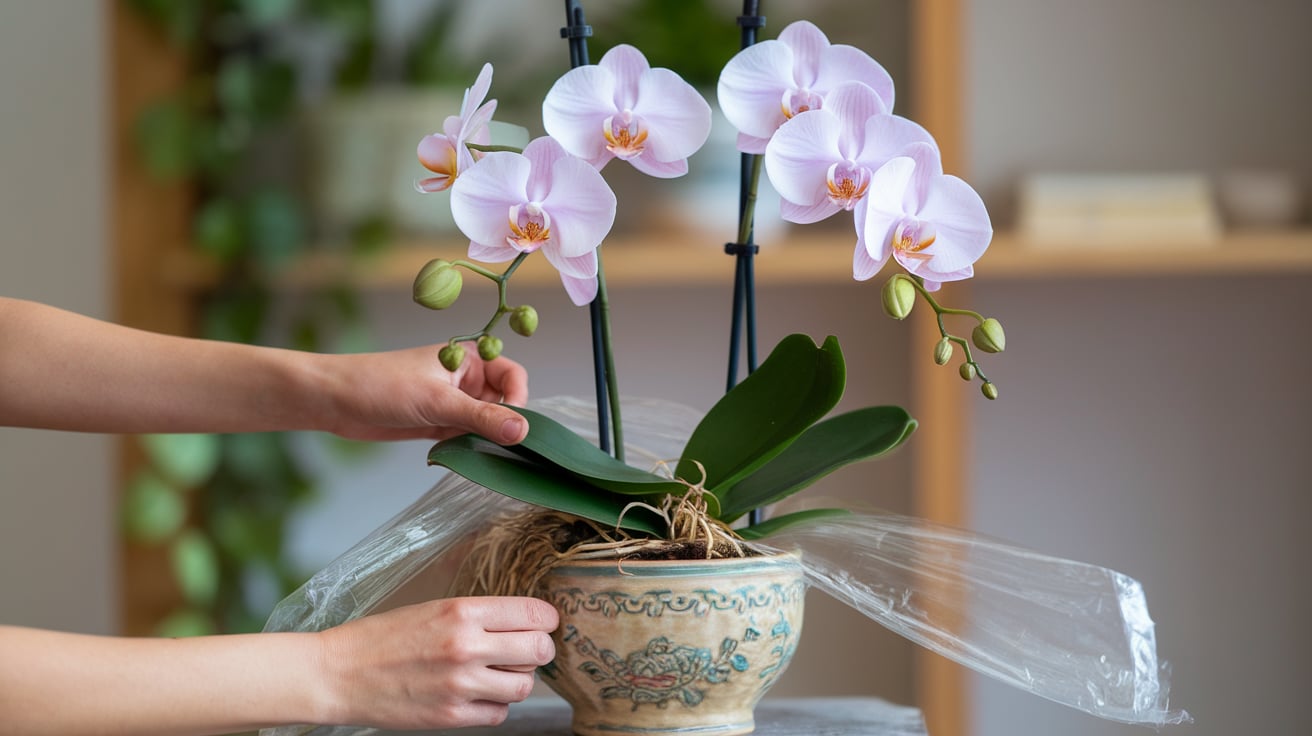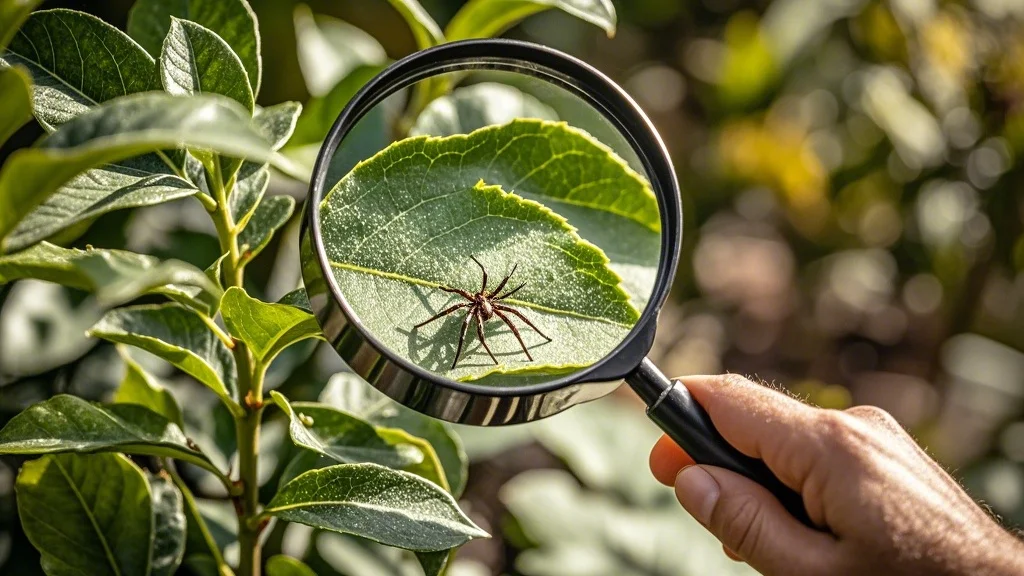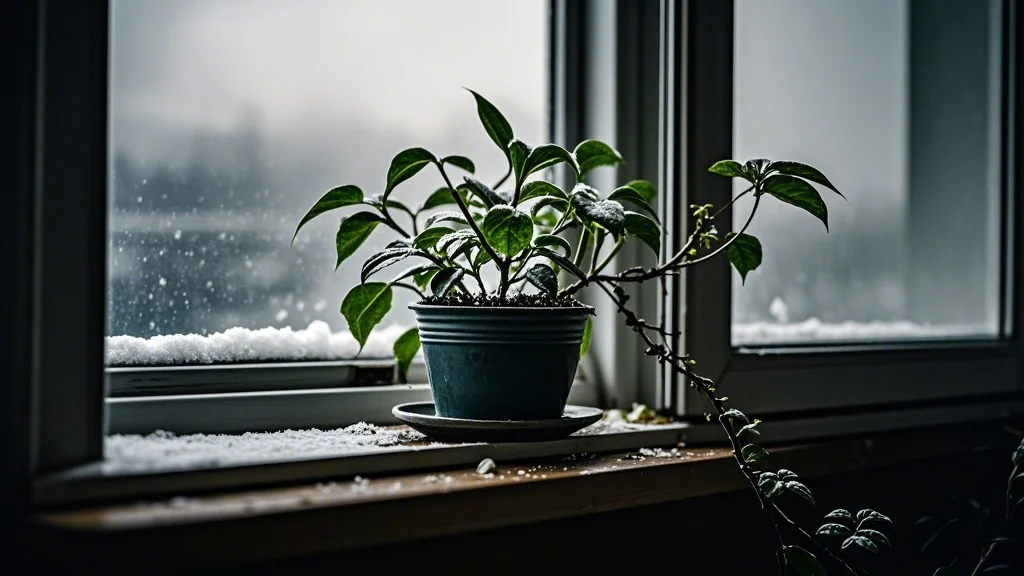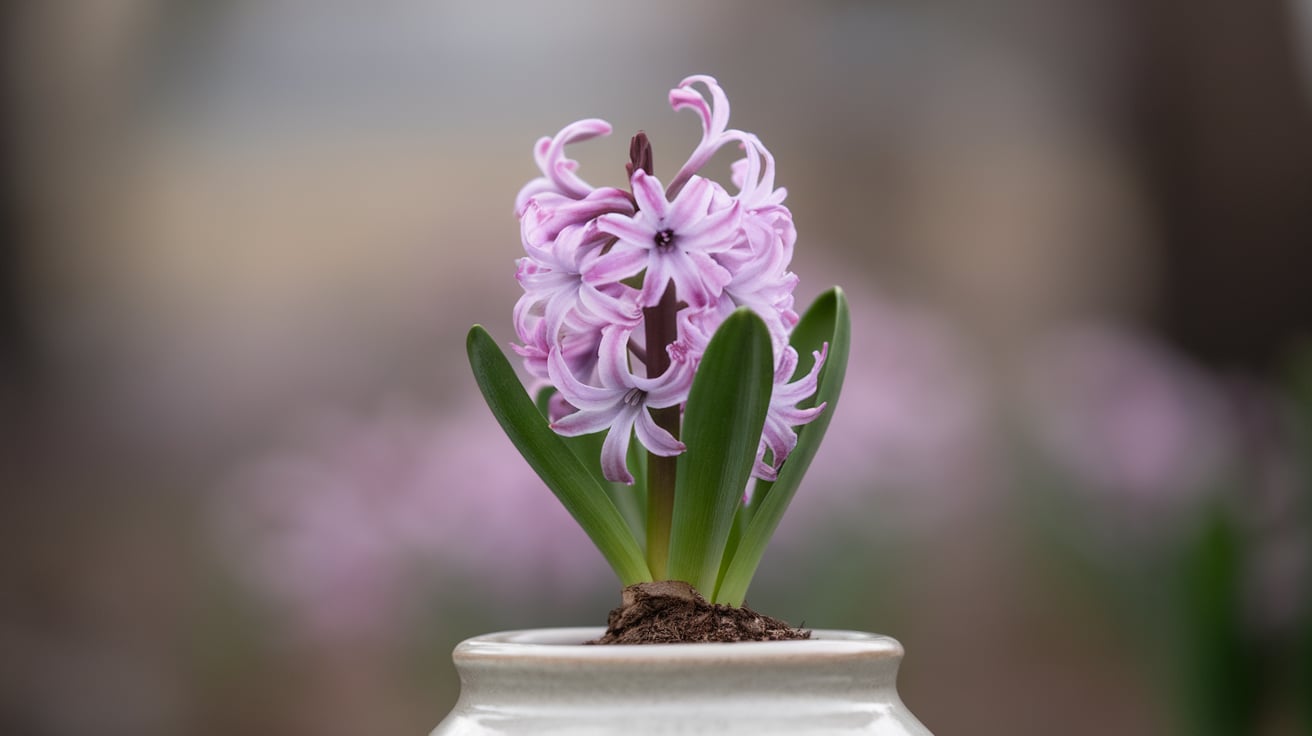Moving to a new home is stressful for everyone involved – including your beloved houseplants. Just like humans, plants can experience shock and stress when relocated to a new environment. This comprehensive guide will walk you through the process of safely moving your plant collection and helping them adjust to their new surroundings.
Contents
Preparing Your Plants for the Move

1. Assess Your Collection
Before the move, take inventory of your plants:
- Identify which plants are hardy enough to withstand the move
- Consider rehoming delicate or oversized plants that may not survive the journey
- Check for pests or diseases that could spread during transit
2. Prune and Clean
A few weeks before moving:
- Prune your plants to remove dead or yellowing leaves
- Clean the leaves to remove dust and potential pests
- Trim back excessive growth to make plants more manageable for transport
3. Repot if Necessary
If any plants are due for repotting:
- Do this at least two weeks before the move
- Use fresh, well-draining potting soil
- Choose pots that are sturdy and travel-friendly
4. Water Wisely
Proper watering before the move is crucial:
- Water plants thoroughly 2-3 days before moving day
- Allow excess water to drain completely
- Avoid overwatering, as wet soil can lead to root rot during transit
Packing Your Plants
1. Gather Supplies
You’ll need:
- Sturdy boxes or plastic containers
- Packing paper or bubble wrap
- Plant stakes and ties
- Plastic bags and tape
2. Protect the Pots
To prevent damage:
- Wrap ceramic or fragile pots in bubble wrap
- Secure the wrap with tape, ensuring drainage holes aren’t blocked
3. Stabilize the Soil
Prevent soil spillage by:
- Covering the soil with plastic wrap or a plastic bag
- Securing the covering around the base of the plant with tape
4. Support Delicate Stems
For plants with long or fragile stems:
- Use plant stakes to provide support
- Gently tie stems to the stakes with soft plant ties
5. Box Them Up
When placing plants in boxes:
- Use dividers to keep plants separate
- Fill empty spaces with packing paper to prevent shifting
- Label boxes as “Fragile” and “This Side Up”
6. Temperature Control
To protect plants from extreme temperatures:
- Move plants last and unload them first
- Keep them in a temperature-controlled environment during transit
- Avoid leaving plants in a hot car or cold moving truck for extended periods
The Journey
1. Personal Vehicle Transport
If possible, transport plants in your personal vehicle:
- Place smaller plants on the floor or secure them with seatbelts
- Use towels or blankets to stabilize larger plants
- Maintain a comfortable temperature in the car
2. Professional Movers
If using professional movers:
- Inform them about your plants in advance
- Request climate-controlled transport if available
- Clearly label which boxes contain plants and how they should be handled
3. Long-Distance Moves
For moves across state lines or countries:
- Research plant transportation regulations for your destination
- Consider shipping plants separately through specialized plant shipping services
- Obtain necessary permits or certifications if required
Settling In: The First 24 Hours

1. Prioritize Plant Unpacking
Upon arrival:
- Unpack your plants as soon as possible
- Remove all packing materials carefully
- Check for any damage or signs of stress
2. Find Temporary Homes
Before deciding on permanent locations:
- Place plants in areas with similar light conditions to their previous home
- Keep them away from drafts, heating vents, and air conditioners
- Group plants together to create a humid microclimate
3. Watering After the Move
Proper watering is crucial for recovery:
- Check soil moisture levels
- Water lightly if the soil feels dry
- Avoid overwatering, as plants may be in shock and unable to absorb excess water
4. Provide Humidity
To combat stress from dry moving conditions:
- Mist leaves gently with room-temperature water
- Use a humidifier near your plants
- Create humidity trays by filling saucers with pebbles and water
The Recovery Period
1. Monitor for Signs of Stress
Watch for:
- Yellowing or dropping leaves
- Wilting despite adequate watering
- New growth that appears weak or discolored
2. Gradual Light Adjustment
Help plants acclimate to new light conditions:
- Start with indirect light for all plants
- Gradually move sun-loving plants to brighter spots over 1-2 weeks
- Use sheer curtains to filter intense direct sunlight initially
3. Maintain Consistent Care
During the recovery period:
- Stick to a regular watering schedule
- Avoid fertilizing for the first month to prevent overwhelming stressed plants
- Maintain stable temperature and humidity levels
4. Pruning and Cleaning
After a few weeks:
- Remove any leaves that have yellowed or died during the move
- Gently clean leaves to remove dust accumulated during transit
- Prune any damaged stems or branches
Dealing with Transplant Shock
1. Recognize the Symptoms
Transplant shock may manifest as:
- Leaf drop
- Stunted growth
- Curling or discoloration of leaves
- Wilting despite proper watering
2. Provide Extra Care
To help plants overcome shock:
- Ensure consistent moisture without overwatering
- Increase humidity around affected plants
- Protect from direct sunlight and temperature extremes
3. Root Stimulation
Encourage root growth:
- Apply a diluted seaweed solution to the soil
- Consider using a rooting hormone for severely stressed plants
- Avoid fertilizers with high nitrogen content during recovery
Long-Term Adjustment
1. Reassess Plant Placement
After a month:
- Evaluate how plants are responding to their new locations
- Make adjustments based on observed growth and health
- Consider seasonal changes in light and temperature in your new home
2. Reintroduce Regular Care Routines
As plants stabilize:
- Resume normal fertilization schedules
- Adjust watering frequency to suit new environmental conditions
- Implement any necessary pest prevention measures
3. Repotting Considerations
If needed:
- Wait at least 2-3 months before repotting after the move
- Only repot plants showing signs of being root-bound
- Use fresh, well-draining potting mix suitable for each plant type
Conclusion
Moving with plants requires patience and attentive care. By following these guidelines, you can minimize stress on your green companions and help them thrive in their new environment. Remember, each plant is unique and may respond differently to the move. Stay observant, provide consistent care, and your urban garden will soon be flourishing in its new home.
With proper preparation and aftercare, your plants can not only survive the move but potentially thrive in their new setting, continuing to bring life and beauty to your living space for years to come.









